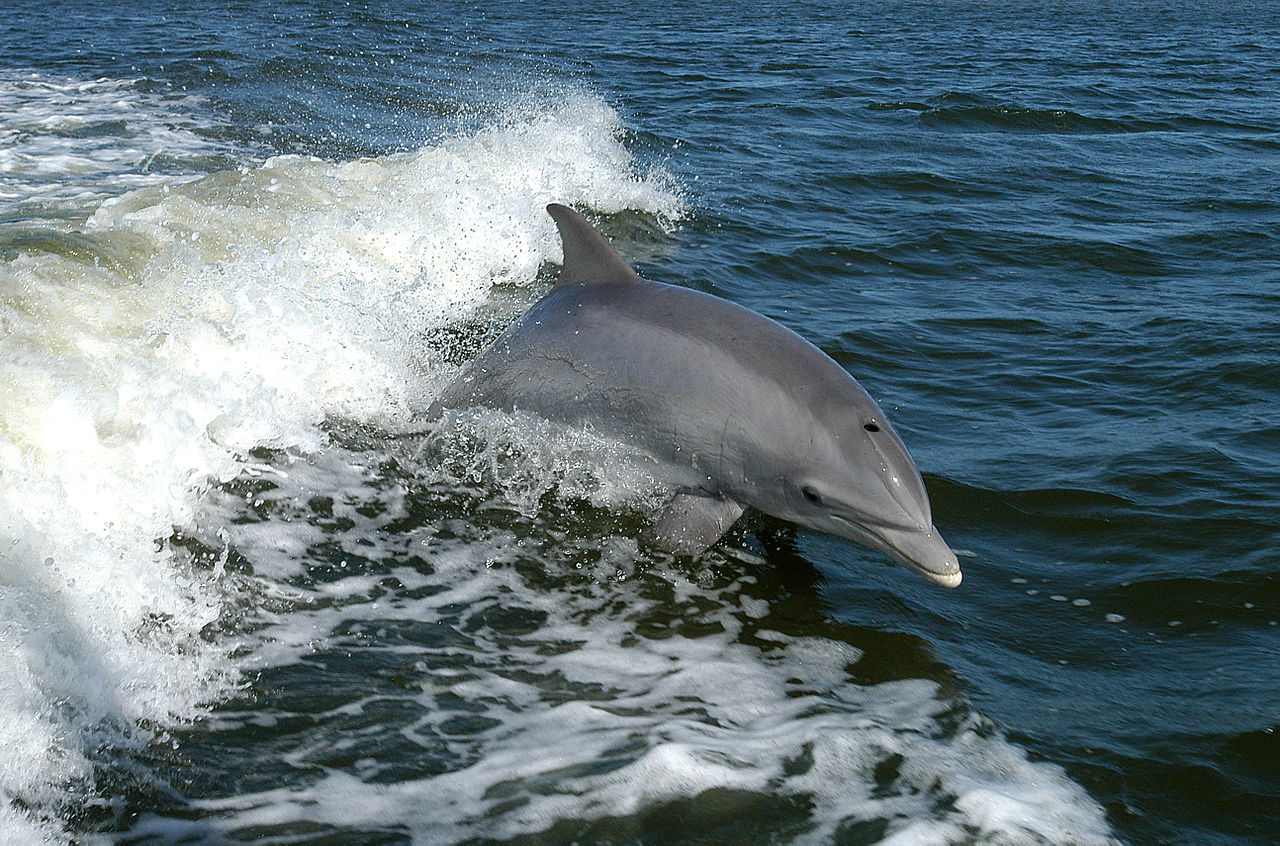Can Humins Contract Anything From Animals Through Sex
Animals get STI too as humans
Posted: by Mia Rozenbaum on 13/01/15
More on these Topics:

Wednesday the 14th of January 2015 is National STI day
Ladies and gentlemen, two weeks after the intense partying over New year's day, it might be fourth dimension to think about your sexual health. Some of the about mutual types of STIs take about ii weeks before they tin be detected with a simple STI test kit. Chlamydia for example, is testing positive in around 1 in twelve under 25s and is on the rise. The appearance of dating applications, such as Tinder, accept made finding a sexual partner faster and easier and those who use them seem to be more probable to test positive for STIs, and then beware! (1)
Fortunately, quite a lot is now known about diverse types of STIs and treatments are bachelor for most of them.
STIs or Sexually Transmitted Infections are diseases that are passed from ane person to another through unprotected sex activity or in some cases through genital contact. Many STIs such as Chlamydia ofttimes don't testify obvious signs of infections at all, which makes the spread of the diseases difficult to cease. The most common human STIs are Chlamydia, Gonorrhoea, Syphilis caused by leaner; Genital Herpes, Human papilloma virus and AIDS caused by viruses; and Trichomoniasis acquired by a parasite.(ii)
But humans are not the only animals suffering from STIs, all other animals can be infected by diseases transmitted during sex.
STIs in animals
"Wild animals don't practice safe sexual activity, of course they take STIs!" explains Dr Barbara Natterson-Horowitz, a modern day Dr Dolittle and UCLA cardiologist consulting for the Los Angeles zoo.
 Atlantic bottlenose dolphins can get genital warts, baboons suffer from herpes and syphilis is common in rabbits. (3)And non but practise animals and humans have STIs, but some of these diseases might share a common history explains Alonso Aguire, a vet and president for conservation medicine at the US Wildlife Trust.
Atlantic bottlenose dolphins can get genital warts, baboons suffer from herpes and syphilis is common in rabbits. (3)And non but practise animals and humans have STIs, but some of these diseases might share a common history explains Alonso Aguire, a vet and president for conservation medicine at the US Wildlife Trust.
"Two or three of the major STIs [in humans] have come from animals. We know, for instance, that gonorrhoea came from cattle to humans. Syphilis besides came to humans from cattle or sheep many centuries ago, possibly sexually". (4)
The most contempo and deadliest STI to have crossed the barrier separating humans and animals has been HIV, which humans got from the simian version of the virus in chimpanzees.
Overall, Humans STIs have enough in common with animal STIs that much tin be learnt virtually human being STIs past studying them in animal models.
What animals tell u.s. nigh STIs
The study of STIs in animals can tell usa a lot about their pathogenicity. Lockhart and Thrall (v) studied 200 diseases with evidence of sexual transmission in mammals, reptiles, arachnids, insects, molluscs and fifty-fifty nematodes. They found that the dynamic of STIs differ from other infectious diseases in that disease spread depends on the proportion of infected host in the population rather than on host density, which correlates with other studies pursued on the ladybug and theoretical models of host-STI systems. (half-dozen)
Studying an STI in an fauna tin can also aid us predict its behaviour in humans. For instance, animal studies have suggested that the 'viral reservoir' in which HIV lies fallow is established much earlier than previously idea. Studies of the Rhesus monkey showed that the before the antiretroviral handling started, the longer the virus took to rebound or become detectable in the blood, merely was notwithstanding present. This would explain the recurring symptoms of the baby 'cured' from HIV concluding year. (7)
Beast research leading to vaccines and therapeutic drugs
Creature models are also really of import in finding a cure or fifty-fifty ameliorate, a vaccine confronting STIs. Research on HIV today is actively looking for a vaccine.
"There is no protective vaccine against HIV today and it is a priority to find 1." states Dr Monsef Benkirane, director of the man genetic CNRS institute in Montpellier and specialist in HIV persistence. "If i twenty-four hour period we find a vaccine, it won't be a archetype vaccine similar nosotros know them today. It will be profoundly new."
"Withal, the discovery of broadly neutralising antibodies brings a hope for HIV cure. Indeed, proof of concept of their efficacy using animate being models has been recently reported. Based on results obtained using animal models, clinical trials using this antibody are ongoing." explains Benkirane.(viii)
 In Australia a group of researcher is working on a Chlamydia vaccine for Koalas every bit a step towards a human vaccine. With just 43,000 koalas left in the wild, Chlamydia has greatly contributed to a decrease exceeding 80% of the koala population in the last ten years in some places. With even so three more than trials needed to get the vaccine completed, the team is envisioning the potentials for humans. However, the homology and transferability of the vaccine to humans is hard to predict, as there is just 10% similarity betwixt the koala and the human Chlamydia. But the goal is to notice antigens that are conserved across all Chlamydia species. (four)
In Australia a group of researcher is working on a Chlamydia vaccine for Koalas every bit a step towards a human vaccine. With just 43,000 koalas left in the wild, Chlamydia has greatly contributed to a decrease exceeding 80% of the koala population in the last ten years in some places. With even so three more than trials needed to get the vaccine completed, the team is envisioning the potentials for humans. However, the homology and transferability of the vaccine to humans is hard to predict, as there is just 10% similarity betwixt the koala and the human Chlamydia. But the goal is to notice antigens that are conserved across all Chlamydia species. (four)
Only for at present, thankfully , some STIs tin be cured using antibiotics. Just like all drugs, antibiotics are tested on animals before they tin be given to humans. These tests help sympathize the efficacy of the drug, only also the side effects and the dosage. Doxycycline is one of the main antibiotics given to cure Gonorrhoea, syphilis and Chlamydia. Beast studies take shown that the drug tin can be dangerous for significant women and their foetus, equally it can cross the placenta.
In conclusion
Overall, animal testing remains crucial for ensuring new drugs and vaccines against STIs are safe for humans. But the importance of animal research isn't limited to that, research on animals has increased our understanding of STIs and even led to treatments for animals besides as humans.
For more information on this topic please have a await at our sis website: http://www.animalresearch.info/en/medical-advances/diseases-research/stis-sexually-transmitted-infections/
- http://www.newscientist.com/commodity/mg22530020.600-a-date-with-affliction-go-the-app-risk-the-clap.html
- http://www.stiday.united kingdom/
- http://abcnews.become.com/Health/zoobiquity-diseases-animals-share-humans/story?id=16549555
- http://discovermagazine.com/2008/sep/09-how-often-do-animals-get-stds
- http://www.ncbi.nlm.nih.gov/pubmed/8761160
- http://webspace.qmul.air conditioning.uk/rknell/STDs.html
- http://gracepointwellness.org/13-sexually-transmitted-diseases/news/165819-fauna-experiments-shed-light-on-hivs-ability-to-hibernate
- https://www.understandinganimalresearch.org.uk/news/earth-aids-day-2014/
Images: Wikipedia
Last edited: 8 April 2022 10:50
Dorsum to News
Source: https://www.understandinganimalresearch.org.uk/news/sti-day#:~:text=%E2%80%9CTwo%20or%20three%20of%20the,centuries%20ago%2C%20possibly%20sexually%E2%80%9D.
Posted by: mahaffeymersed.blogspot.com

0 Response to "Can Humins Contract Anything From Animals Through Sex"
Post a Comment